An expedition to investigate the threat of plastic in our oceans
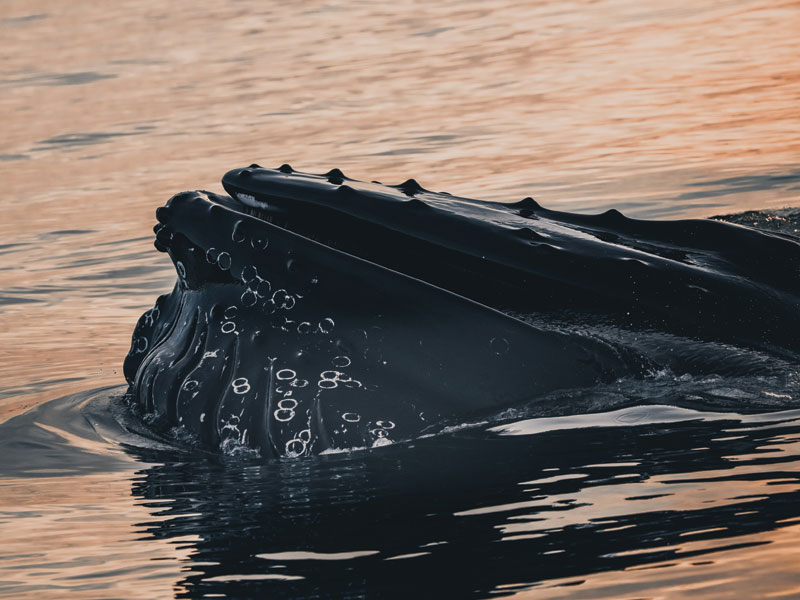
From my lookout on the bow of the expedition yacht Barba, the immensity of Iceland’s vivid and undulating northern coastline floats endlessly on the horizon.
The sun lies low in the sky, proffering only a faint light through the snow-filled clouds. Amid the repetitive rise and fall of the waves ahead, I spot a spray of water shoot into the air I cry, “40 degrees, 100 meters to starboard.” With clock-like efficiency, Captain Andreas hauls at the wheel and Barba cuts through the water like a knife through butter. “That’s a Blue whale,” he says as we edge closer, “How does it feel to be so close to the largest animal to have ever lived?” I’m with the Arctic Whale team in Skjálfandi Bay, Iceland. Their purpose? To research the effect that plastic is having on whale populations and wider marine life.
I first met Captain Andreas B Heide, a celebrated Norwegian marine biologist, sailor and adventurer, in his hometown of Stavanger in December 2018. Here, we spent the morning sailing, and it was whilst sailing that he first told me about the Arctic Whale project. “The Arctic Whale project is about using whales as marine ambassadors, and we have a special focus on marine plastic pollution,” he said as we sailed on a crisp winter’s day, “whales are the superstars of the oceans, and by using them to help raise awareness around the misuse of plastic, we can help reduce the consumption of it.”
The elaborate plan, conceived with Impact Manager Sandra C. Ness, would see Andreas and a dedicated team of scientists and storytellers depart from Stavanger, Norway, and sail to Húsavík, Iceland, via both the Shetland Islands and the Faroe Islands on a two month expedition. At the time, I wasn’t sure whether they would be able to pull it off in such a small amount of time, but two months later I got the call from Andreas. “We’re a go,” he said, “how long can you join us for?” Ecstatic, I put a couple of weeks aside, got ready to meet the team in the Faroe Islands and started to research the plastic epidemic our oceans are facing. My excitement quickly turned to concern.
Amid rising awareness about climate change and the collapse of valuable ecosystems, we face a trying time where action is needed now to help save our planet. While the effect of global warming on our oceans is truly devastating, they are also at threat from plastic pollution. Today, it is estimated that 8-million tons of plastic accumulate in our oceans each year, of which almost 240,000 are microplastics. On a macro-level, which includes plastic bags, disused fishing nets and single-use bottles, approximately 100,000 marine mammals and turtles, alongside 1-million seabirds, die each year as a direct result of ocean plastics. Microplastics, those categorised as particles smaller than 5mm in diameter (or the same size as a sesame seed), have been documented thus far in 100 species and impact organisms at numerous levels of biological organisation related to changes in gene expression, tumour promotion and death. It is the microplastic epidemic that the Arctic Whale’s dedicated team of scientists chose to focus on. As Andreas notes, “The ocean has become a soup of plastic, and no one truly knows how these microplastics affect the marine environment. How can we continue to take these risks?”
With my bags packed, I make the convoluted journey to join Andreas in Sørvágur in the Faroe Islands. Under a haze of drizzle, we set off and sail around the mighty islands of Drangarnir and Tindólmur. Here, onboard scientist and Andreas’ co-skipper, Diane Seda, tells me more about the multifaceted data collection undertaken thus far, and what is still to be done. She shows me the manta trawl, a bespoke net-system that samples the surface of the ocean for microplastics.
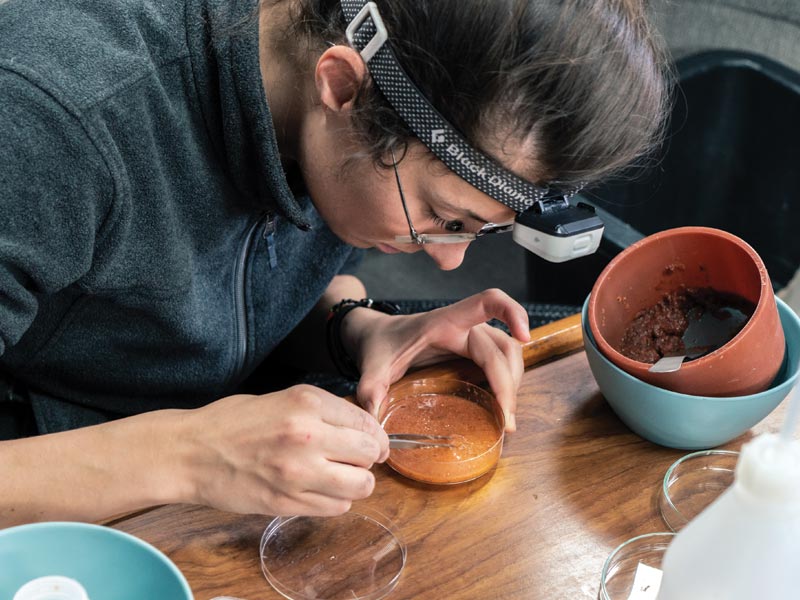
By doing so, the team can find out how much microplastic is in some of the sub-Arctic’s remotest coastal and offshore waters. “Within 30cm of the water layer floats about 70 – 80% of all plastic that is in the ocean,” says Diane as she prepares the trawl, “plastic in the ocean breaks down with UV radiation and the force of the waves reduces it into smaller and smaller pieces. There are two main problems: they can absorb chemicals from the surrounding waters, and they contain, from the beginning, certain endocrine disrupting chemicals such a bisphenol A (BPA), which then accumulate in the body.” The impact of this leads not only to adverse effects to marine life itself through a host of hormone and reproductive failures, but further up the food chain, these endocrine disruptors are also found in our own bodies, which leads to heightened risks of heart disease, breast and prostate cancer, obesity, altered immune systems and, like our marine counterparts, hormone and reproduction difficulties too. The threat is very real.
A week later, and after an altogether exhausting crossing from the Faroe Islands to Iceland, we reach Húsavík, our final destination and the home-base for the next month of scientific research. The position of Húsavík on the shoreline of Skjálfandi Bay is of immense significance for the whale-research community. It’s the confluence of three major currents: two that run around the coast of Iceland, and one that comes down from the Arctic. This causes upwelling, which when coupled with the nutrient-rich meltwater from the surrounding mountains, creates enormous plankton blooms that attract krill and fish, which are subsequently eaten by larger marine mammals and seabirds. Blue, Humpback, Minke, Fin, Sei, Bottlenose, Sperm, Pilot and Killer whales all feed here alongside White-beaked dolphins and the elusive Harbour Porpoise. In Skjálfandi, life is excitingly populous, and forms the ideal location for a range of further scientific research to be undertaken.
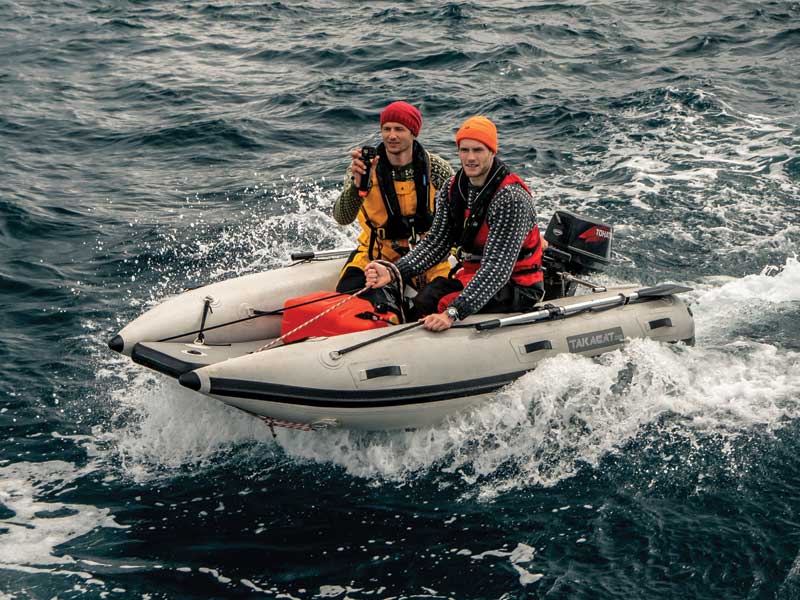
Under the guidance of Dr Marianne H. Rasmussen, a Research Professor and Director of the University of Iceland Research and Academic Centre, we are directed to the best spots to find feeding Humpbacks and Blue whales. What this offers the team is the ideal opportunity to capture both blubber and blow samples. In partnership with the University of Iceland, and with the aid of Jessica Emily Roos, a scientist studying the effects of nanoplastics on marine organisms at the University of Oslo, Andreas is tasked with firing a biopsy gun at a breaching whale. A special dart pierces the skin of the whale and removes approximately 2cm of blubber, which can later be tested for pollutants. “This sample is very small, so it would be like getting pricked by a needle for us,” notes Andreas. The samples will be examined further at the University of Oslo, where they can be viewed under an electron microscope to see if, at a cellular level, traces of nanoplastic can be found. And the second is a new technique whereby a drone with a cage holding a petri dish is flown over a breaching whale so that samples of its breath can be collected and also tested for pollutants.
Tom Grove, a PhD student from the University of Edinburgh and founder of Whale Wise, a group that aims to promote better harmony between the whale watching community and the whales themselves, leads the blow sampling. “Blow sampling is essentially collecting samples of whale exhale, its breath,” says Tom, “blow samples allow us to look at hormones from within the whale.” Once examined, the team will be able to determine how plastic-derived pollutants are truly affecting the whales at a cellular level. The results of all samples are currently under examination, and the team hope to share preliminary results in Q1 2020.
As I depart Iceland, I’m left with one overriding thought: To sustain the health of our oceans and their inhabitants, we must act fast to change the very nature of the way we, as a race, choose to live. While global consciousness and understanding is on the rise, it is only by taking action now that lasting change is achievable. As co-founder of Arctic Whale, Sandra C. Ness, attests, “We really believe in the shift of mindset within the global community and hope our message can raise awareness and make an impact.”
For more information on Arctic Whale, please visit arcticwhale.no
Arctic Whale is a joint venture between Andreas B. Heide (barbaboat.no) and Sandra C. Ness (turns.no)






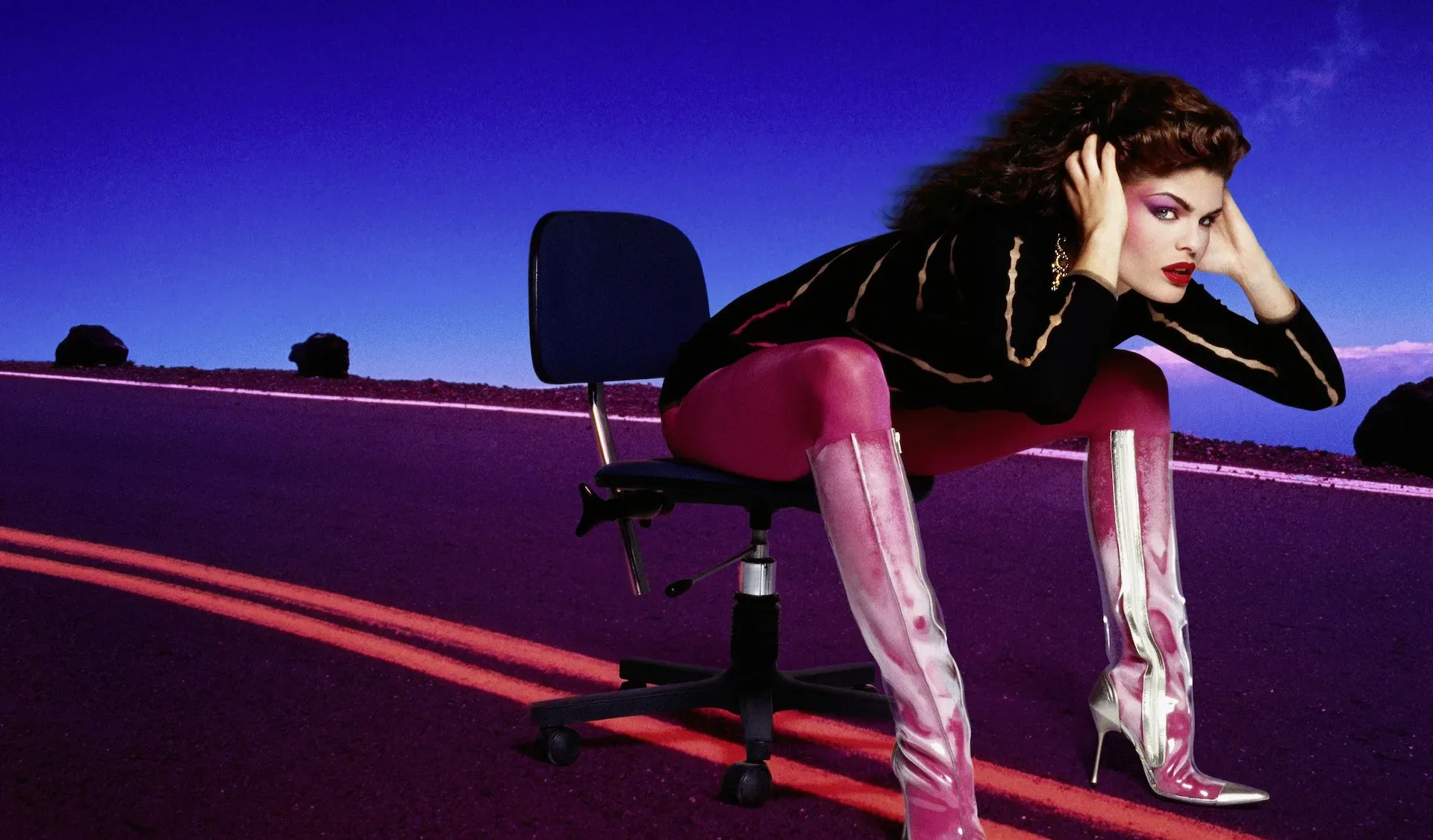
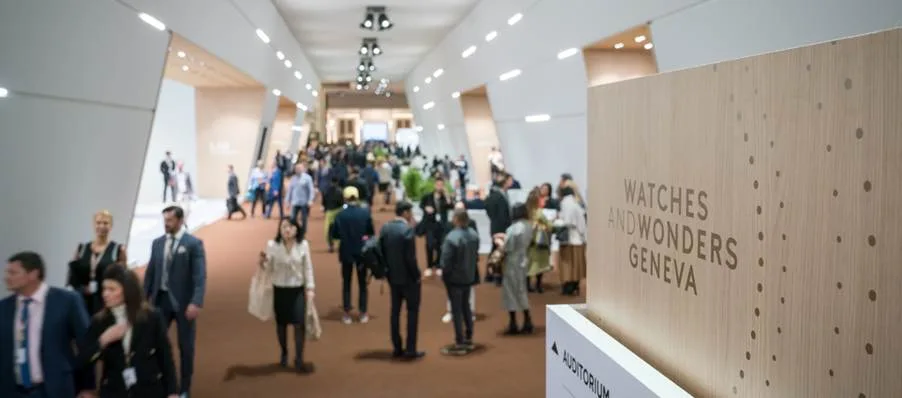
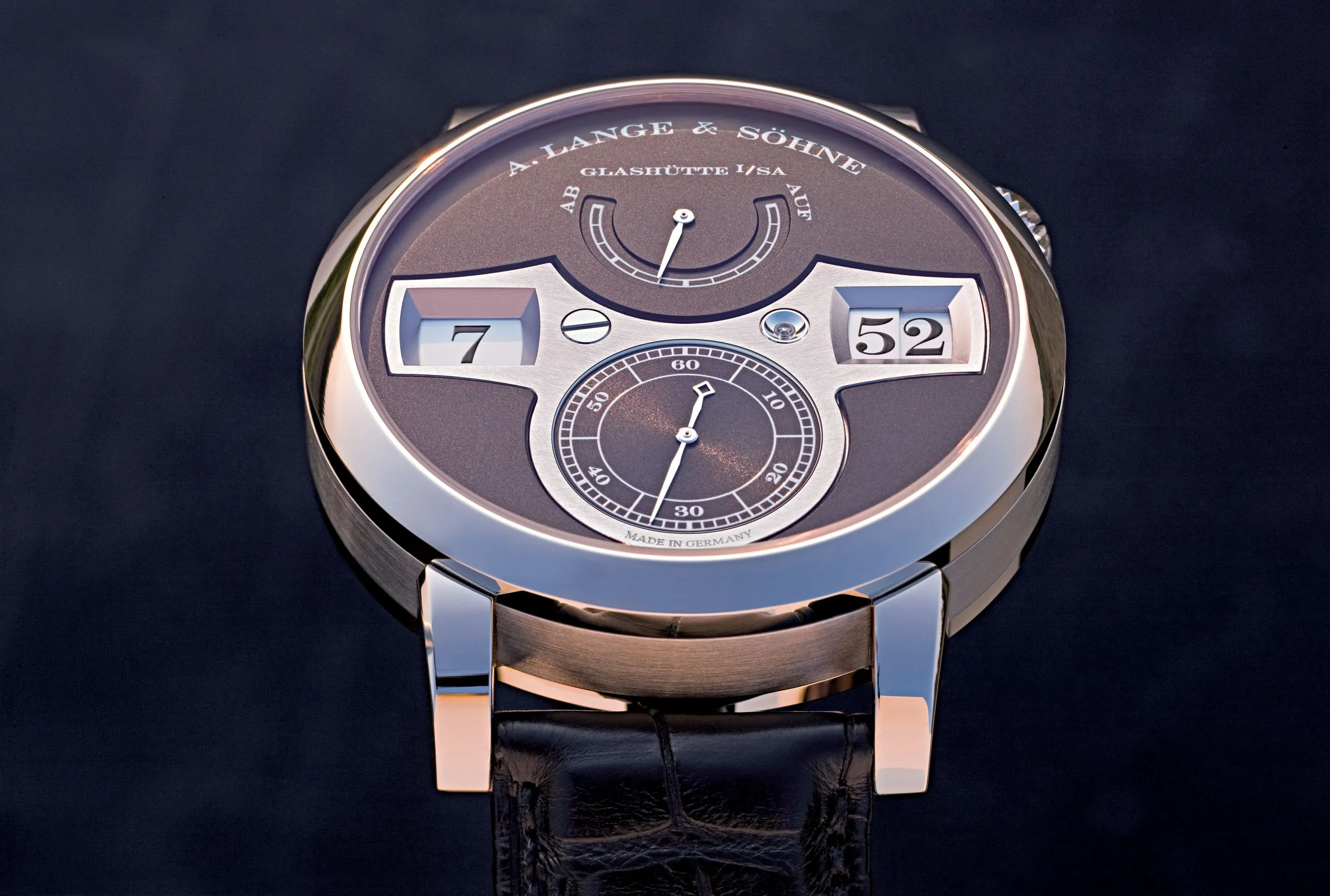
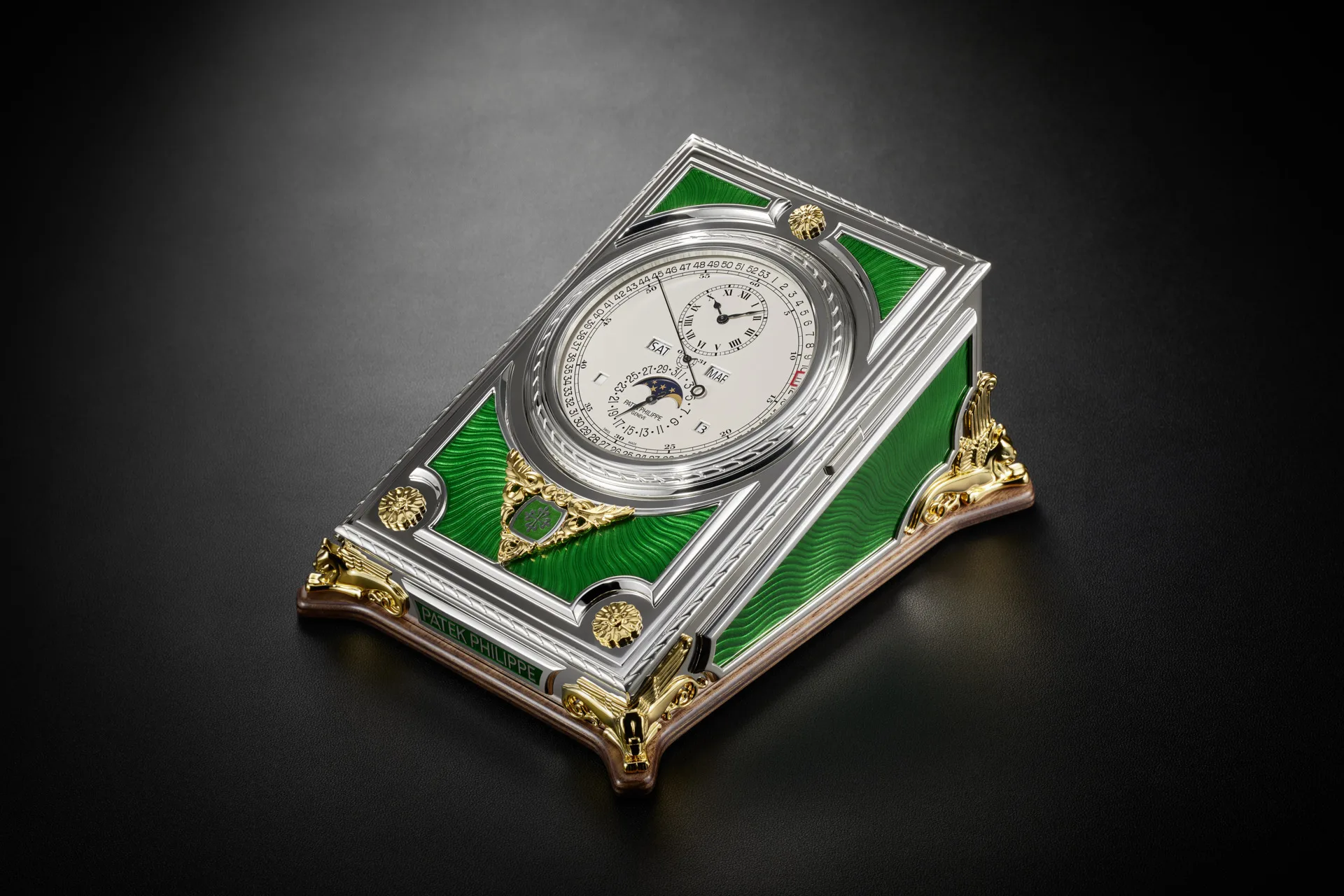


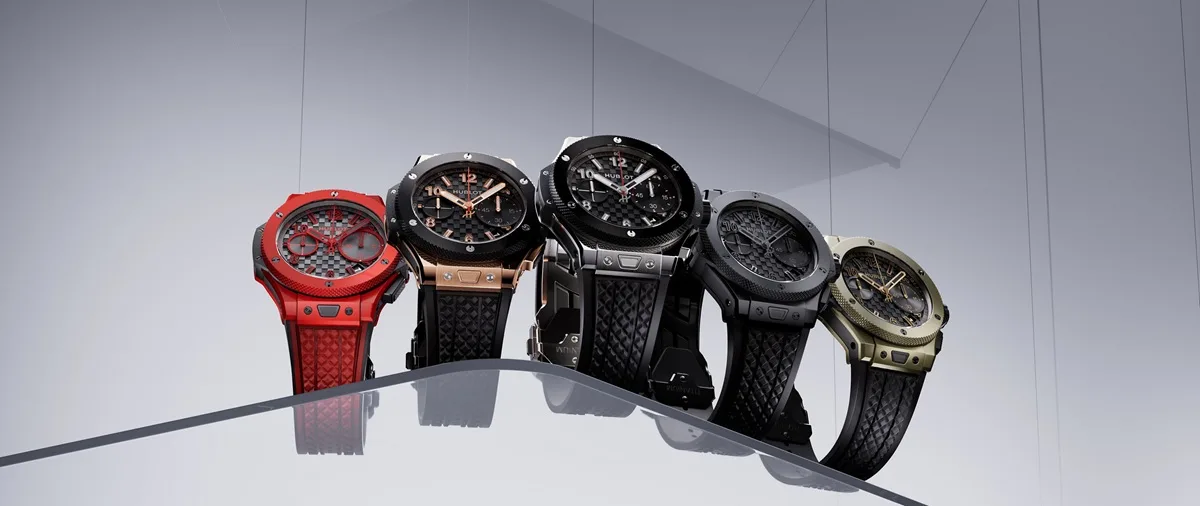
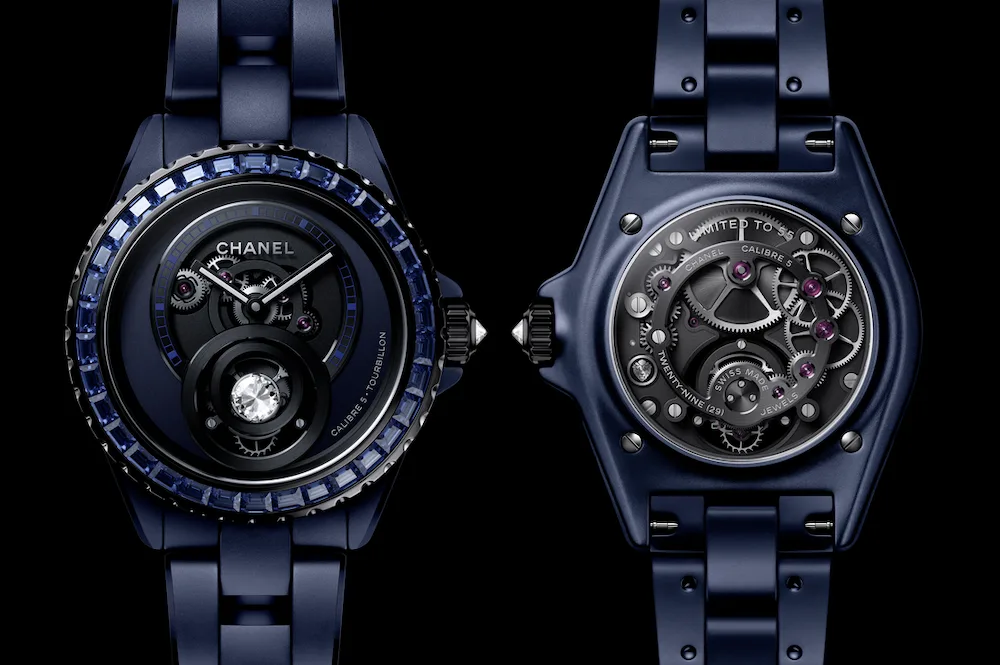



Show Comments +